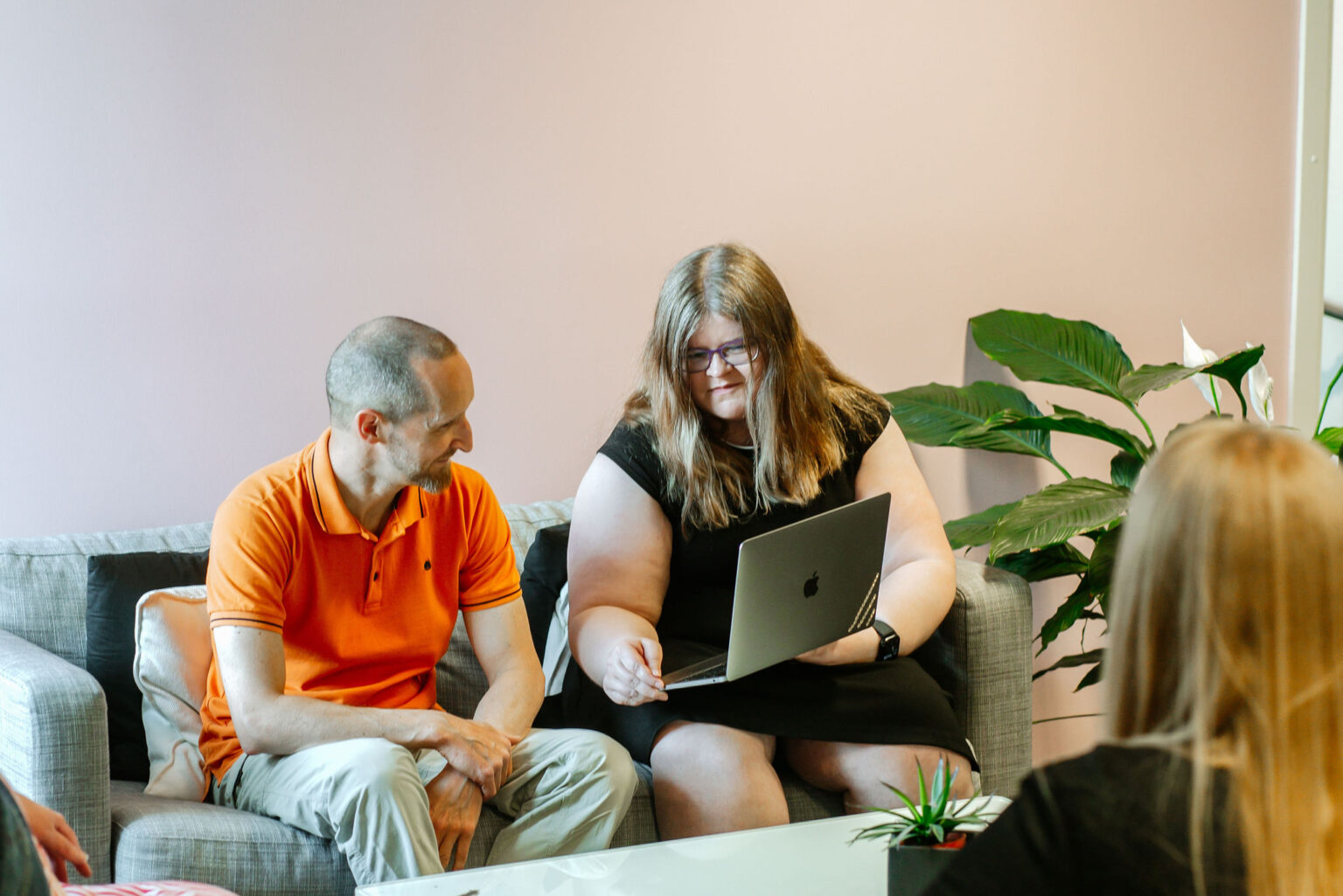Motiva
Motiva: Criteria Bank to support sustainable procurement
In autumn 2022, Motiva held a competitive bidding process to find a service provider for the Criteria Bank website, and we were delighted that Exove was selected as the partner for this project. The project commenced in February 2023 with the goal of developing an information platform for sustainable procurement, known as the Criteria Bank. This platform serves as a tool for public administration, particularly in facilitating sustainable public procurement.
The goal of the collaboration was to create a clear, user-friendly, and modern information retrieval tool to support more responsible procurement and to activate the use of sustainability criteria in public procurement.
Information platform for sustainable procurement
Diverse benefits through headless architecture
The goal was to create a clear, user-friendly, and modern information retrieval tool to support more responsible procurement and to activate the use of sustainability criteria in public procurement. The site was implemented as a headless solution, and its architecture differs from a traditional Drupal-based implementation.
Starting with sustainable design
The collaboration began with workshops facilitated by Exove Design. Working closely with Motiva’s project team, we used these workshops to plan the structure and appearance of the new Criteria Bank. Based on Motiva’s strategic goals, the web service was designed and implemented following the principles of sustainable web design.
The user experience of the Criteria Bank service (kriteeripankki.fi/en) resembles the user interface of online stores. Users can search and browse the criteria selection using different categories and make the necessary refinements in the search for criteria. This simplifies procurement processes and significantly shortens service paths, thereby reducing separate page load times and energy consumption.
A focus on text-heavy content and Motiva’s enthusiasm for adopting new approaches contributed to making the web service more energy-efficient. The user interface is designed with a dark background, which saves energy on certain display screens and makes the site more user-friendly for those needing accessibility.
We also paid attention to thoughtful visual elements, resulting in a modern and stylish overall appearance. The color palette and font library are limited to just a few options, and we avoided using large HD images and videos, which improves loading times and saves time when loading information.
Diverse benefits through headless architecture
The site was implemented as a headless solution, and its architecture differs from a traditional Drupal-based implementation. A headless implementation means that the browser-side user interface (frontend) and the server-side (backend) functionality are separated to operate independently. Communication between these two parts occurs via an application programming interface (API).
In the case of the Criteria Bank, the frontend was implemented using Next.js, which leverages the latest web technologies such as React, TypeScript, and Tailwind. The backend was implemented with Drupal, which offers powerful tools for content classification and maintenance.
The headless architecture brought multiple benefits to the project:
-
Better foundation for future development: For example, the user interface and its technologies can be updated independently and easily.
-
Improved security: Access to the database can be entirely closed off from regular users on the client side.
-
SEO: Next.js offers the best search engine visibility.
-
Maximum performance: Next.js generates static pages for users, making the page load process as lightweight as possible.
-
API integration: The service can be integrated with third-party services via API, as outlined in Motiva’s future development plans. Similarly, content can be easily imported into the Criteria Bank from outside the service.
We were particularly pleased with the ease of use of the Criteria Bank, the stylish visual appearance, and the consideration of green coding principles in the implementation, in which Exove is a pioneer in Finland.
Suvi Salmela, Motiva Oy
Green practices in implementing the Criteria Bank
The Criteria Bank was implemented using green practices in the ICT sector, which are important to both Exove and Motiva. Exove has been carbon neutral since 2022 and follows green coding and green ICT principles in its sustainability program.
The Criteria Bank user interface is designed and executed with a dark background which consumes less energy on certain display screens and is more user-friendly for those needing accessibility. The headless technology used for the site consumes significantly less energy compared to a site built on a monolithic system. In the Criteria Bank’s architecture, a single page is built once and served to all users, rather than being rebuilt for each user individually.
The server solution for the Criteria Bank was chosen to be a cloud-based solution from Exove’s partner, the Finnish company named UpCloud. This solution emphasized minimizing the carbon footprint and environmental impact of web services.
How the story continues
The project was completed in June 2023 and launched for users in October 2023. In the future, the use of the Criteria Bank will be expanded. Currently, negotiations are underway with public procurement services to integrate these services with the Criteria Bank.
Motiva is a sustainable development company. Motiva provides the public sector, businesses, municipalities and consumers with information, solutions and services that allow them to make resource-efficient, effective and sustainable choices.



